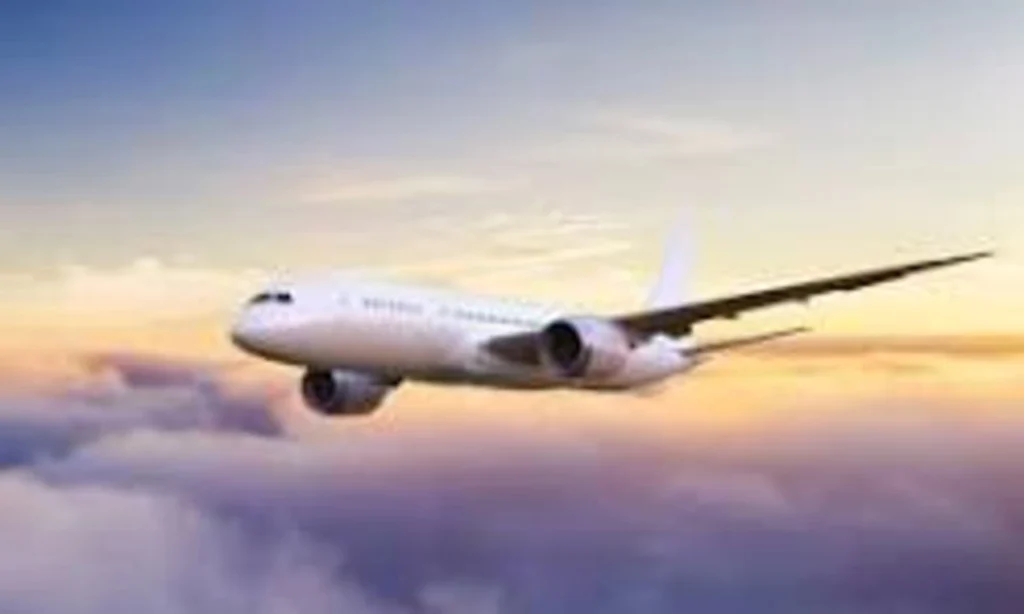In May 2025, United Airlines Flight UA770 emergency diversion became headline news worldwide. This transatlantic service from Barcelona to Chicago was forced to divert mid-air, landing safely at London Heathrow following a technical anomaly. In this article, we examine verified facts, causes, and lessons learned from the event — in plain, human-sounding English.
What Is United Airlines Flight UA770?
Before exploring the diversion, let’s understand the background.
- Flight UA770 (also listed as UAL770) is a United Airlines long-haul route.
- On May 27 2025, it departed Barcelona (BCN) bound for Chicago O’Hare (ORD) aboard a Boeing 787-9 Dreamliner.
- Roughly 90 minutes after takeoff, the crew noticed a technical irregularity related to cabin pressure.
- The pilots declared an emergency, setting Squawk 7700, and rerouted toward London Heathrow (LHR).
- The aircraft landed safely; no injuries were reported.
This event defines what is now known as the United Airlines Flight UA770 emergency diversion.
Timeline of the Emergency Diversion
Pre-Flight and Takeoff
The flight left Barcelona on schedule under clear conditions. All systems functioned normally during climb and initial cruise.
Detection of Anomaly Mid-Flight
While cruising near 37,000 ft, cockpit instruments signaled a cabin pressurization issue. The crew cross-checked readings and confirmed an abnormality.
Emergency Declaration
Pilots transmitted Squawk 7700, the universal distress code, alerting air-traffic control and granting priority routing through European airspace.
Route Change and Descent
Controllers coordinated an immediate diversion to London Heathrow, Europe’s most capable wide-body emergency-handling airport. The 787 began a controlled descent to ensure cabin stability.
Safe Landing
UA770 touched down on Runway 27R and taxied to a designated stand. Ground emergency units were on standby. All 257 passengers and 12 crew disembarked without incident.
Why Did the Diversion Happen?
Pressurization System Anomaly
Initial findings point to a sensor irregularity in the cabin-pressure control system. The Dreamliner’s advanced diagnostics detected a potential fault, prompting precautionary action.
Choice of Heathrow
Heathrow offered immediate ground-handling capacity, long runways, and certified Boeing 787 maintenance support — key factors behind the diversion decision.
Safety Systems and Redundancy
Modern aircraft like the 787 feature triple-redundant systems and real-time monitoring. The swift detection and measured response show these safeguards worked exactly as designed.
Passenger Experience
Passengers later described a tense yet calm atmosphere.
- The crew provided clear communication, emphasizing precautionary action.
- No oxygen masks deployed, indicating pressure remained within safe limits.
- United Airlines organized hotel stays, rebookings, and meals at Heathrow.
- Many travelers praised the professionalism and reassurance from flight attendants.
Airline and Industry Response
United Airlines’ Statement
United confirmed the incident, emphasizing that safety is the airline’s top priority. A maintenance inspection began immediately after landing.
Technical Investigation
Engineers examined pressurization valves, air-conditioning packs, and flight-data records. Findings will go to regulators including the FAA and EASA.
Broader Impact
The case reinforces global confidence in aviation safety management. Airlines worldwide track such diversions to improve training and maintenance protocols.
Comparison: Delta Flight DL275 Diverted LAX
To contextualize the UA770 incident, note that Delta Flight DL275 Diverted LAX also faced a mid-air redirection due to unrelated technical issues. Comparing these cases illustrates how major carriers handle inflight emergencies consistently through rigorous safety frameworks.
Lessons & Key Takeaways
- Safety Always Comes First
The United Airlines Flight UA770 emergency diversion shows aviation safety systems working exactly as intended. - Early Detection Prevents Escalation
Automated pressure sensors alerted the cockpit early enough to allow a calm, controlled response. - Crew Preparedness Is Critical
Simulated emergency training enabled pilots and cabin staff to manage passengers confidently. - Infrastructure Saves Lives
Heathrow’s facilities and coordination ensured the safest possible outcome. - Communication Builds Confidence
Passengers remained composed thanks to transparent updates from the crew. - Transparency Builds Trust
Sharing accurate, verified details strengthens public confidence.
If you’d like to explore verified global data, visit Aviation Safety Reports from the Federal Aviation Administration (FAA) or the International Civil Aviation Organization (ICAO) for global safety-management insights.
These authoritative sources explain how emergency procedures like UA770’s are regulated and continuously refined.
Frequently Asked Questions
Q1: What caused United Airlines Flight UA770’s emergency diversion?
A suspected cabin-pressurization anomaly triggered automatic safety alerts and an emergency declaration.
Q2: What does “Squawk 7700” mean?
It’s the transponder code for a general emergency, signaling controllers to prioritize that flight immediately.
Q3: How many people were onboard?
About 257 passengers and 12 crew members were aboard the Boeing 787-9.
Q4: Were there any injuries?
No injuries occurred. The landing and evacuation were routine and safe.
Q5: Why divert to Heathrow instead of Chicago?
Heathrow was geographically closest and fully equipped for a Dreamliner-class emergency inspection.
Q6: What happens after such an event?
Engineers perform full diagnostics. Regulators receive reports, and the aircraft resumes service only after clearance.
Q7: Should passengers be concerned?
No. Incidents like United Airlines Flight UA770 emergency diversion highlight how well aviation safety systems function under stress.



